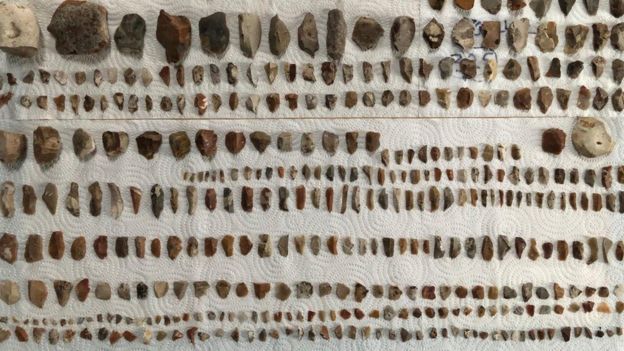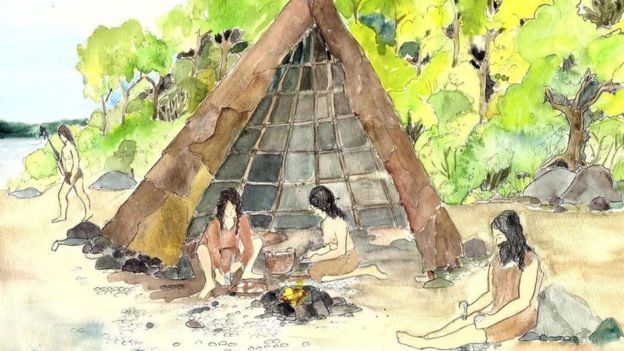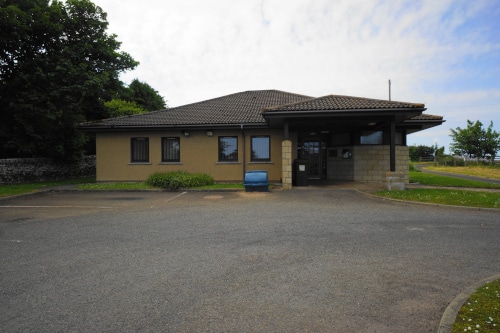The remains of some of the earliest traces of humans to have lived in Caithness were unearthed during the preparatory phase of the £9.6 million upgrade of Berriedale Braes and are now on display at the Dunbeath Heritage Centre.
The site of the stone-age hunter-gatherers’ camp was revealed by archaeologists, who excavated the site before work on the notorious stretch of the A9 got underway.
With more than 10,000 ancient stone artefacts identified, the remains date back to Mesolithic times, around 6000-5000BC, with evidence of shelters and fires found on the site as well as flints and other stone tools. The site is believed to have been a seasonal camp and base for hunting.


Michael Matheson, Scotland’s Transport Secretary visited the site last week to review the progress of the road improvement scheme and was joined by local councillors and representative of the site archaeology team to view some of the artefacts that had been dug up.
The artefacts will be on display at the Dunbeath Heritage Centre and a public talk by archaeologists from the AOC Archaeology Group, who undertook the excavations, is to take place in the coming months.
Latest News
 News from the Area
News from the Area
- Over 250 objections, but Highland councillors will be asked to back Banniskirk Hub November 25, 2025
- The unassuming Thurso lane that has a history of its own November 25, 2025
- Belladrum announces legendary pop acts – and a homecoming favourite – as headliners for summer 2026 November 25, 2025
- Commando veterans complete charity ‘yomp’ from John O’Groats to Land’s End November 25, 2025
- Spittal to Peterhead subsea cable approved as Caithness firm set to benefit November 25, 2025



